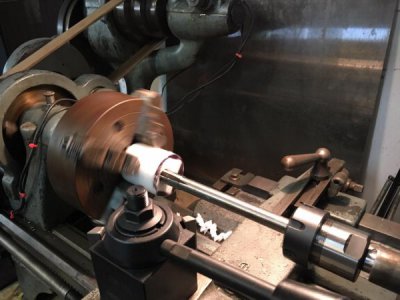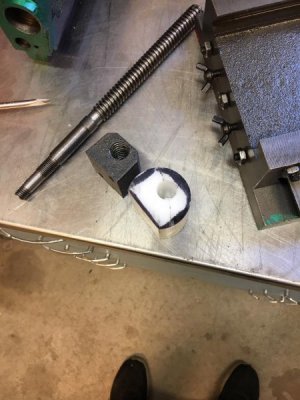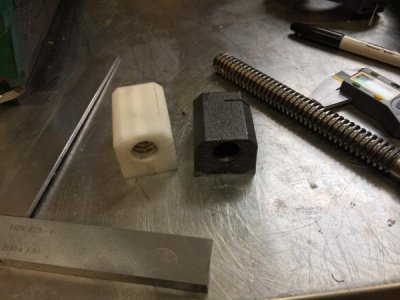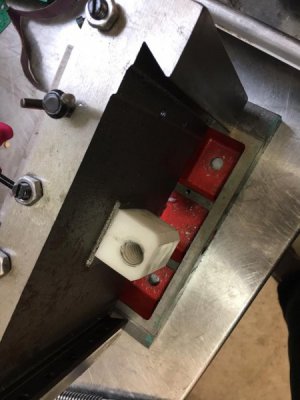- Joined
- Jan 2, 2019
- Messages
- 6,538
Hi,
I'm trying to improve a Chinese X-Y table and was looking for a way to reduce backlash. Just wondering if anyone has done something like this guy does in his video? If so, what kind of plastic would you use, I have a suitable piece of delrin that might work if the properties are right.
Thanks,
John
I'm trying to improve a Chinese X-Y table and was looking for a way to reduce backlash. Just wondering if anyone has done something like this guy does in his video? If so, what kind of plastic would you use, I have a suitable piece of delrin that might work if the properties are right.
Thanks,
John





